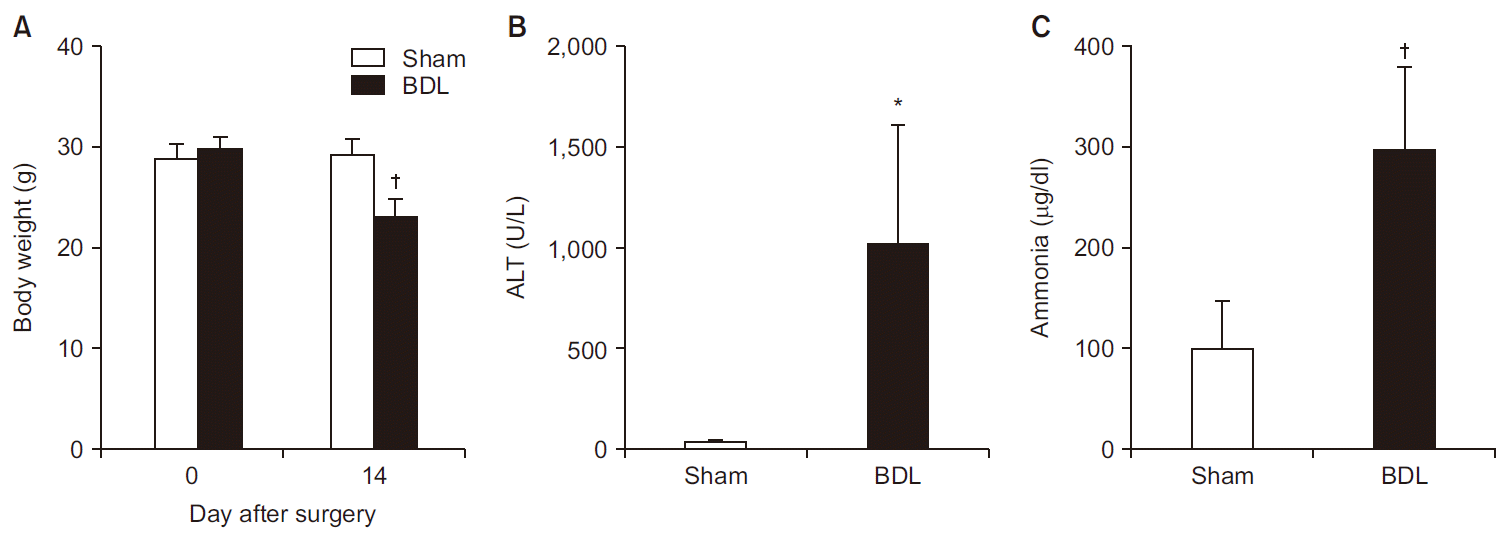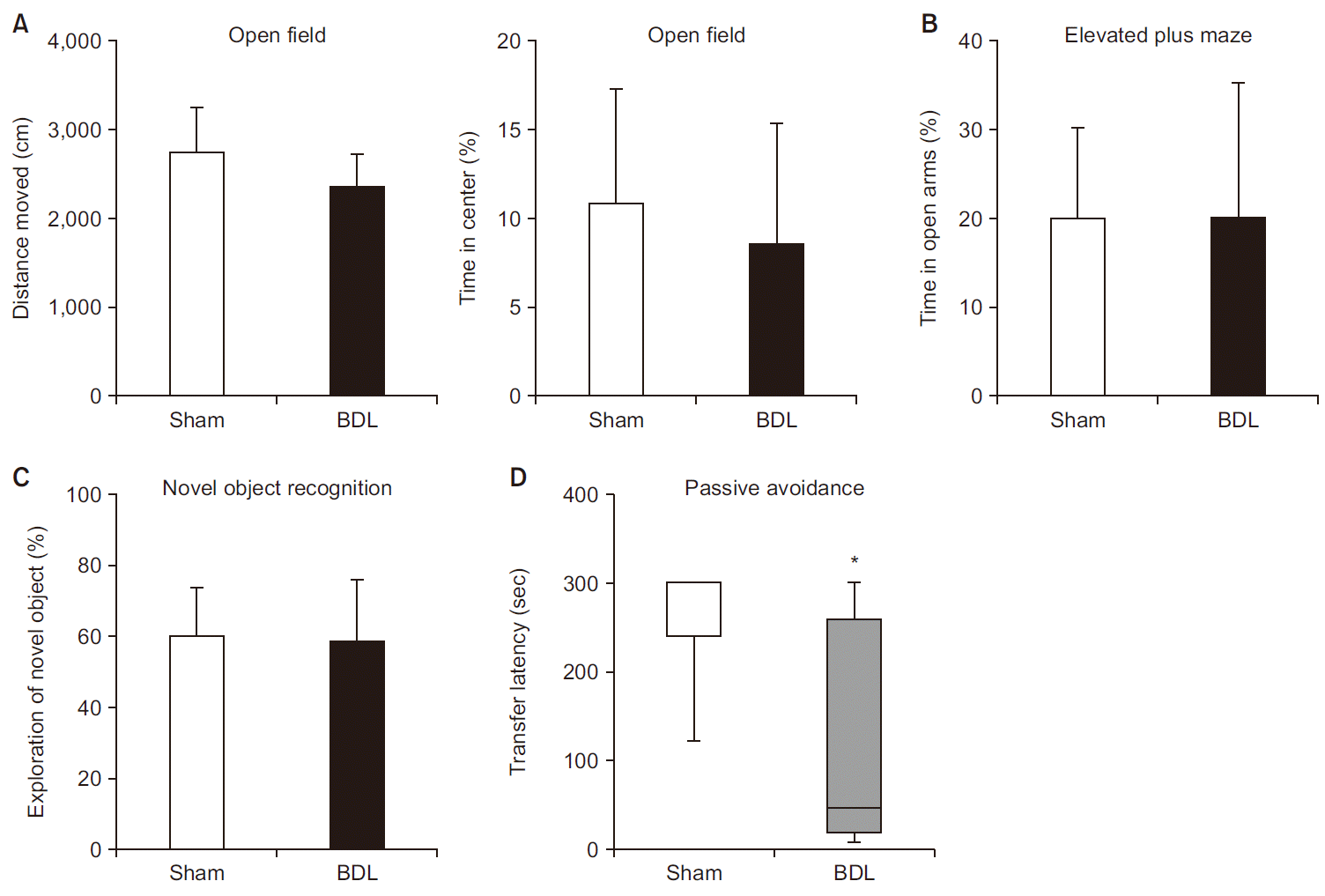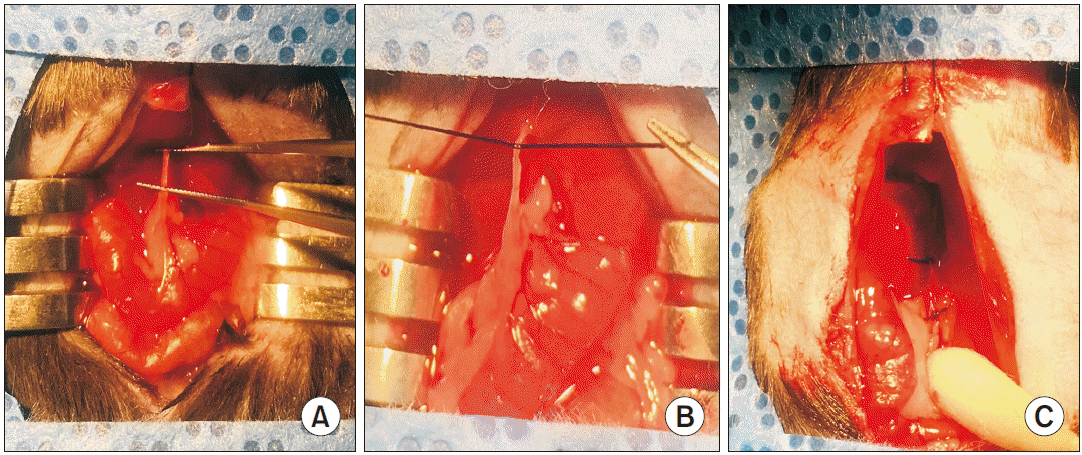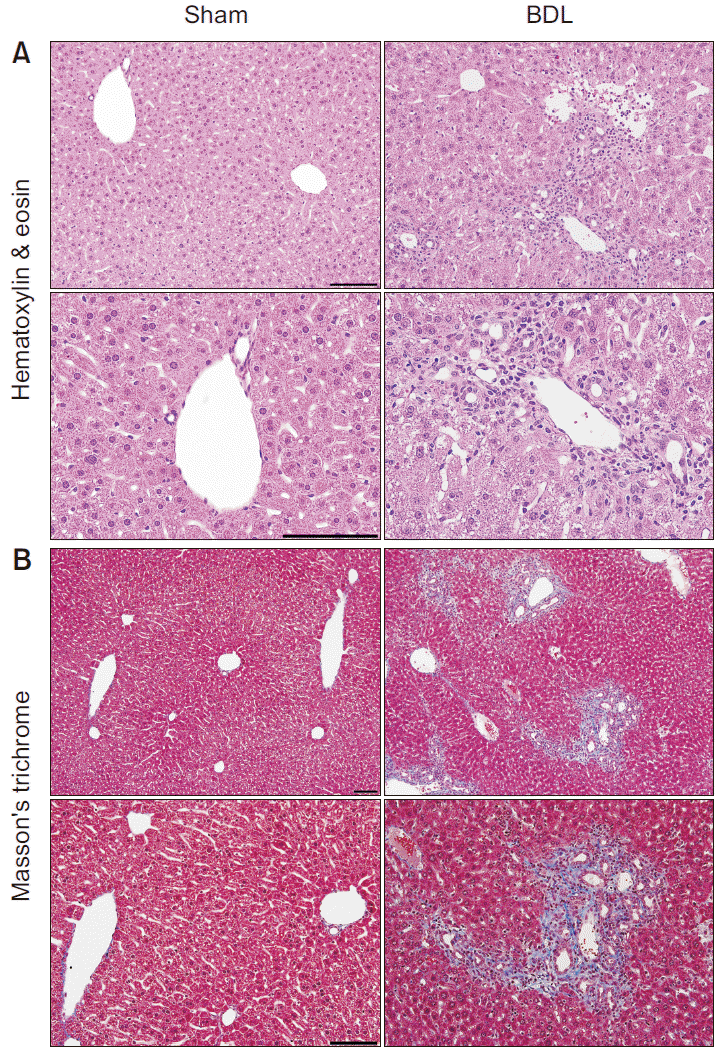Vilstrup H., Amodio P., Bajaj J., Cordoba J., Ferenci P., Mullen KD, et al. 2014. Hepatic encephalopathy in chronic liver disease: 2014 Practice Guideline by the American Association for the Study of Liver Diseases and the European Association for the Study of the Liver. Hepatology. 60:715–35. DOI:
10.1002/hep.27210. PMID:
25042402.
Basu PP., Shah NJ. 2015. Clinical and neurologic manifestation of minimal hepatic encephalopathy and overt hepatic encephalopathy. Clin Liver Dis. 19:461–72. DOI:
10.1016/j.cld.2015.05.003. PMID:
26195201.
Butterworth RF., Norenberg MD., Felipo V., Ferenci P., Albrecht J., Blei AT. 2009. Experimental models of hepatic encephalopathy: ISHEN guidelines. Liver Int. 29:783–8. DOI:
10.1111/j.1478-3231.2009.02034.x. PMID:
19638106.
McMillin M., Frampton G., Thompson M., Galindo C., Standeford H., Whittington E, et al. 2014. Neuronal CCL2 is upregulated during hepatic encephalopathy and contributes to microglia activation and neurological decline. J Neuroinflammation. 11:121. DOI:
10.1186/1742-2094-11-121. PMID:
25012628. PMCID:
PMC4128607.
Chastre A., Bélanger M., Nguyen BN., Butterworth RF. 2014. Lipopolysaccharide precipitates hepatic encephalopathy and increases blood-brain barrier permeability in mice with acute liver failure. Liver Int. 34:353–61. DOI:
10.1111/liv.12252. PMID:
23910048.
Kerfoot SM., D'Mello C., Nguyen H., Ajuebor MN., Kubes P., Le T, et al. 2006. TNF-alpha-secreting monocytes are recruited into the brain of cholestatic mice. Hepatology. 43:154–62. DOI:
10.1002/hep.21003. PMID:
16374849.
D'Mello C., Le T., Swain MG. 2009. Cerebral microglia recruit monocytes into the brain in response to tumor necrosis factoralpha signaling during peripheral organ inflammation. J Neurosci. 29:2089–102. DOI:
10.1523/JNEUROSCI.3567-08.2009. PMID:
19228962. PMCID:
PMC6666330.
Magen I., Avraham Y., Ackerman Z., Vorobiev L., Mechoulam R., Berry EM. 2009. Cannabidiol ameliorates cognitive and motor impairments in mice with bile duct ligation. J Hepatol. 51:528–34. DOI:
10.1016/j.jhep.2009.04.021. PMID:
19596476.
Magen I., Avraham Y., Ackerman Z., Vorobiev L., Mechoulam R., Berry EM. 2010. Cannabidiol ameliorates cognitive and motor impairments in bile-duct ligated mice via 5-HT1A receptor activation. Br J Pharmacol. 159:950–7. DOI:
10.1111/j.1476-5381.2009.00589.x. PMID:
20128798. PMCID:
PMC2829220.
Zarrindast MR., Hoseindoost S., Nasehi M. 2012. Possible interaction between opioidergic and cholinergic systems of CA1 in cholestasis-induced amnesia in mice. Behav Brain Res. 228:116–24. DOI:
10.1016/j.bbr.2011.11.039. PMID:
22155612.
Nasehi M., Mafi F., Ebrahimi-Ghiri M., Zarrindast MR. 2016. Function of opioidergic and dopaminergic antagonists on both spatial and object novelty detection deficits induced in rodent model of hepatic encephalopathy. Behav Brain Res. 313:58–66. DOI:
10.1016/j.bbr.2016.07.011. PMID:
27401106.
Starkel P., Leclercq IA. 2011. Animal models for the study of hepatic fibrosis. Best Pract Res Clin Gastroenterol. 25:319–33. DOI:
10.1016/j.bpg.2011.02.004. PMID:
21497748.
Tag CG., Weiskirchen S., Hittatiya K., Tacke F., Tolba RH., Weiskirchen R. 2015. Induction of experimental obstructive cholestasis in mice. Lab Anim. 49(1 Suppl):70–80. DOI:
10.1177/0023677214567748. PMID:
25835740.
Tag CG., Sauer-Lehnen S., Weiskirchen S., Borkham-Kamphorst E., Tolba RH., Tacke F, et al. 2015. Bile duct ligation in mice: induction of inflammatory liver injury and fibrosis by obstructive cholestasis. J Vis Exp. (96):e52438. DOI:
10.3791/52438. PMID:
25741630. PMCID:
PMC4354634.
Cheon SY., Kim JM., Kam EH., Ho CC., Kim EJ., Chung S, et al. 2017. Cell-penetrating interactomic inhibition of nuclear factor-kappa B in a mouse model of postoperative cognitive dysfunction. Sci Rep. 7:13482. DOI:
10.1038/s41598-017-14027-2. PMID:
29044209. PMCID:
PMC5647420.
Wolf A., Bauer B., Abner EL., Ashkenazy-Frolinger T., Hartz AM. 2016. A comprehensive behavioral test battery to assess learning and memory in 129S6/Tg2576 mice. PLoS One. 11:e0147733. DOI:
10.1371/journal.pone.0147733. PMID:
26808326. PMCID:
PMC4726499.
Farjam M., Dehdab P., Abbassnia F., Mehrabani D., Tanideh N., Pakbaz S, et al. 2012. Thioacetamide-induced acute hepatic encephalopathy in rat: behavioral, biochemical and histological changes. Iran Red Crescent Med J. 14:164–70. PMID:
22737573. PMCID:
3372030.
Ilic S., Drmic D., Zarkovic K., Kolenc D., Coric M., Brcic L, et al. 2010. High hepatotoxic dose of paracetamol produces generalized convulsions and brain damage in rats. A counteraction with the stable gastric pentadecapeptide BPC 157 (PL 14736). J Physiol Pharmacol. 61:241–50. DOI:
10.1016/S0016-5085(09)61912-0. PMID:
20436226.
Pacheco GS., Panatto JP., Fagundes DA., Scaini G., Bassani C., Jeremias IC, et al. 2009. Brain creatine kinase activity is inhibited after hepatic failure induced by carbon tetrachloride or acetaminophen. Metab Brain Dis. 24:383–94. DOI:
10.1007/s11011-009-9143-8. PMID:
19688255.
Lee SS., Byoun YS., Jeong SH., Kim YM., Gil H., Min BY, et al. 2012. Type and cause of liver disease in Korea: single-center experience, 2005-2010. Clin Mol Hepatol. 18:309–15. DOI:
10.3350/cmh.2012.18.3.309. PMID:
23091812. PMCID:
PMC3467435.
Jackson SJ., Andrews N., Ball D., Bellantuono I., Gray J., Hachoumi L, et al. 2017. Does age matter? The impact of rodent age on study outcomes. Lab Anim. 51:160–9. DOI:
10.1177/0023677216653984. PMID:
27307423. PMCID:
PMC5367550.
Kim JS., Yang MY., Son YH., Kim SH., Kim JC., Kim SJ, et al. 2008. Strain-dependent differences of locomotor activity and hippocampus-dependent learning and memory in mice. Toxicol Res. 24:183–8. DOI:
10.5487/TR.2008.24.3.183. PMID:
10837506. PMCID:
311331.
Lueptow LM. 2017. Novel object recognition test for the investigation of learning and memory in mice. J Vis Exp. (126):e55718. DOI:
10.3791/55718. PMID:
28892027. PMCID:
PMC5614391.
Gentile S., Guarino G., Romano M., Alagia IA., Fierro M., Annunziata S, et al. 2005. A randomized controlled trial of acarbose in hepatic encephalopathy. Clin Gastroenterol Hepatol. 3:184–91. DOI:
10.1016/S1542-3565(04)00667-6. PMID:
15704053.
Rahimi RS., Rockey DC. 2016. Hepatic encephalopathy: pharmacological therapies targeting ammonia. Semin Liver Dis. 36:48–55. DOI:
10.1055/s-0036-1571298. PMID:
26870932.
Soto-Gutiérrez A., Kobayashi N., Rivas-Carrillo JD., Navarro-Alvarez N., Zhao D., Okitsu T, et al. 2006. Reversal of mouse hepatic failure using an implanted liver-assist device containing ES cell-derived hepatocytes. Nat Biotechnol. 24:1412–9. DOI:
10.1038/nbt1257. PMID:
17086173.
Zwirner K., Thiel C., Thiel K., Morgalla MH., Königsrainer A., Schenk M. 2010. Extracellular brain ammonia levels in association with arterial ammonia, intracranial pressure and the use of albumin dialysis devices in pigs with acute liver failure. Metab Brain Dis. 25:407–12. DOI:
10.1007/s11011-010-9222-x. PMID:
21086032.






 PDF
PDF Citation
Citation Print
Print





 XML Download
XML Download